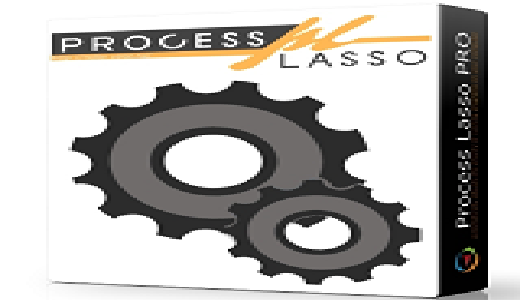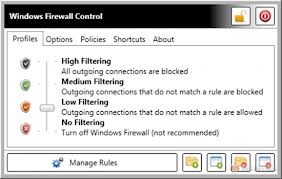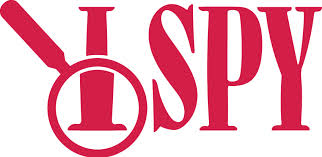Ink Cartridges
Your choice of ink cartridges can be dependent on your printer, printing needs and your brand loyalty. The last choice is oftentimes underestimated, but in today’s fast pace, your brand often adapts overnight to customer demands. If you are picky about choosing brands, you may sometimes have to wait a little before your needs are filled. Generally, the two are the logical criterion for your choice. Your printer may be daisy wheel or dot matrix which employs dried ink in a ribbon in a cartridge. The others may be ink jets or laser types. Ink is sprayed by ink jet printers while laser printers employ powdered ink.
Your choice of ink cartridges may be for ribbon types for their hardiness, cleanliness, and they are also inexpensive. If it’s for printing draft text sans graphics, it is ideal. You can use it for drafts and drafts are demanding and ink ribbons will suit your job requirements just fine. Ink jets however, have clearer outputs and laser printers much clearer and crispier copies.
Brands differ in measuring the efficiency of ink use. One brand, for example calls it “ink yield,†the other, “page yield.†Atkinson and Cooper’s tests for printing quality and number have shown that variations occur significantly as graphic quality increases and text decreases and vice versa. In one of Cooper’s test for monochrome print for example, the ideal print shows “the windows are solid black, but there is fine detail in most of the deep shadow.†In one Atkinson test using a familiar ink brand, using two of their top models, the X brand with a bigger tank and the Y brand with a smaller tank, they found that the “ink yields†were only slightly in favor of the big tanks running out of both yellow and light magenta inks at 90 pages exactly with roughly a 79-cent difference for a cost of print at 74 cents per page. The smaller tank had a cost per print of 75 cents at the same number of pages.
Ink cartridges also respond to proprietary rights and one may thus encounter trouble with employing genuine clones in an updated version of the printer driver used. Check for blogs of the brand names cloned for their inks that are zealous for their products. They rarely let something like this pass without an update to reject the clones until a new clone is manufactured with its own patent. This however may be short-lived. Cases were known to have been filed for proprietary rights by these zealous companies and have been successfully decided in their favor. There remains, however, a big demand and a bigger market for patented alternatives especially with other brands open to interfacing with other brands which makes for a lively market out there for ink clones and ink refillers.




